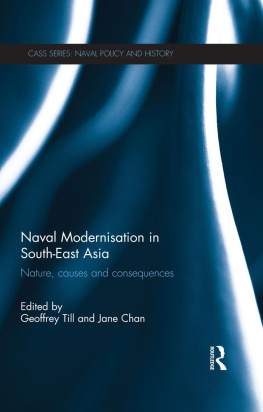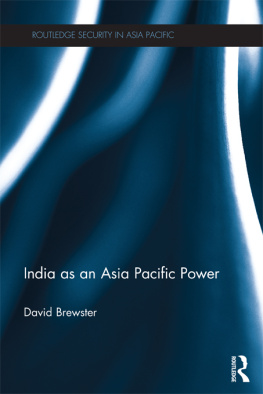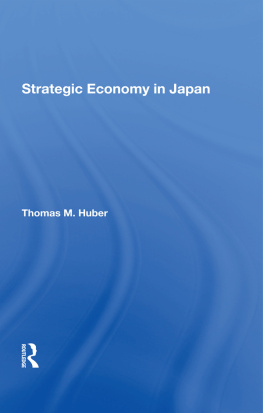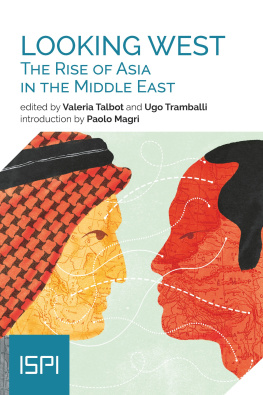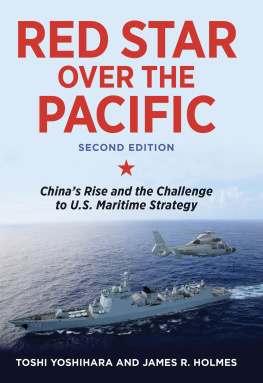An East Gate Book
First published 2001 by M.E. Sharpe
Published 2015 by Routledge
2 Park Square, Milton Park, Abingdon, Oxon OX14 4RN
711 Third Avenue, New York, NY 10017, USA
Routledge is an imprint of the Taylor & Francis Group, an informa business
Copyright 2001 Taylor & Francis. All rights reserved.
No part of this book may be reprinted or reproduced or utilised in any form or by any electronic, mechanical, or other means, now known or hereafter invented, including photocopying and recording, or in any information storage or retrieval system, without permission in writing from the publishers.
Notices
No responsibility is assumed by the publisher for any injury and/or damage to persons or property as a matter of products liability, negligence or otherwise, or from any use of operation of any methods, products, instructions or ideas contained in the material herein.
Practitioners and researchers must always rely on their own experience and knowledge in evaluating and using any information, methods, compounds, or experiments described herein. In using such information or methods they should be mindful of their own safety and the safety of others, including parties for whom they have a professional responsibility.
Product or corporate names may be trademarks or registered trademarks, and are used only for identification and explanation without intent to infringe.
Library of Congress Cataloging-in-Publication Data
Wan, Ming, 1960
Japan between Asia and the West : economic power and strategic balance / Ming Wan.
p. cm.
Includes bibliographical references and index.
ISBN 0-7656-0777-8 (alk. paper); 0-7656-0778-6 (pbk.)
1. JapanForeign economic relations. 2. JapanForeign relations. 3. JapanStrategic aspects. I. Title.
HF1601.W36 2001
337.52dc21
2001049148
ISBN 13:9780765607782 (pbk)
ISBN 13:9780765607775 (hbk)
As this book took a long time to complete, I am indebted to many individuals and institutions for assistance in various stages of research and writing. Unfortunately, I can only name a few here, knowing well that I will not do justice to many others.
This book originated from my dissertation research. I want to thank the Department of Government of Harvard University for a Mellon Dissertation Research Fellowship in 199192 and a Mellon Dissertation Completion Fellowship in 199293, both administered through the Department. My special thanks go to Robert O. Keohane, Susan J. Pharr, and Lisa L. Martin, who served on my dissertation committee. Bob provided invaluable advice and guidance. Susan offered very useful comments and involved me in numerous Japan-related activities. I would also like to thank the U.S.Japan Program, headed by Susan, for awarding me a postdoctoral fellowship in 199394, which enabled me to further my research. In addition, I appreciate the award of a Graduate Summer Travel Grant from the Edwin O. Reischauer Institute of Harvard, which supported my research at Tsukuba University in the summer of 1992. I am grateful to the late Professor Hideo Sato and many others at Tsukuba for their hospitality and advice.
While taking the basic question of my dissertation as a foundation, this book adopts a different theoretical framework, different arguments, and different organization, based on subsequent research on Japans leadership in Asia and its relations with the United States. Besides my own research for the book, I have benefited from two related research projects. In 199496 I participated in a project on Global Leadership Sharing sponsored by the Social Science Research Council and the Japan Society for the Promotion of Science. I want to express my gratitude to Hideo Sato and I.M. Destler for inviting me to the project. I coauthored a chapter on Japans unique leadership in Asia with Susan Pharr. In addition, as a member of the China Project of the Harvard Committee on Environment in 199598, I coauthored a chapter with Susan on Japans environmental aid to China. I am deeply indebted to Susan for involving me and sharing her knowledge of Japan and Asia with me in these projects from which my research interest in Japans two-track foreign policy evolved.
George Mason University kindly offered me a Summer Research Award in the summer of 1998 to work on this book. I would also like to thank Scott Keeter, the chair of the department, for commenting on my book proposal and for general encouragement for my teaching and research.
Pacific Affairs kindly allows me to use my article Japan and the Asian Development Bank (vol. 68, no. 4, 1995/96, pp. 509528) in .
Last but not the least, I cannot thank my wife Anne enough. She offered support and understanding and patiently read and commented on all the chapters.
Conventions
In this book I list Japanese and Chinese surnames first, as is the custom in Japan and China. However, Japanese and Chinese names are presented in Western order if authors choose to do so when writing in English.


